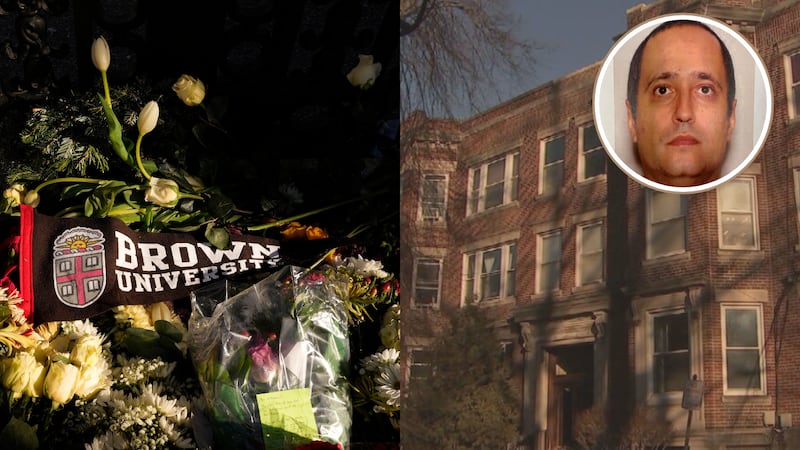The 1969 murder of Jane Britton made national headlines and sent a shockwave through Cambridge and Boston.
Britton was murdered at a time when the Boston Strangler investigation still had the region on edge.
On Jan. 7, 1969, the 23-year-old Harvard graduate student was found murdered and raped in her University Road apartment near Harvard Square. She was found face down in her bed.
RELATED: New England's Unsolved: Using genealogy to unlock series of murders, rapes in Brockton
"She had been hit a number of times, obviously very severely, in the head and that caused hemorrhaging, breaking in the head and she was sexually assaulted as well," said Middlesex District Attorney Marian Ryan.
The night before, Britton had gone skating in Cambridge Common with her boyfriend. She was last seen by neighbors who lived across the hall at 12:30 a.m. when she came back to her apartment alone.
Major breakthrough in 1969 rape and murder case of Harvard grad student Jane Britton.
— Bob Ward Boston 25 (@Bward3) November 19, 2018
My exclusive interview with DA Ryan @boston25 6PM #truecrime @NEunsolved pic.twitter.com/ggxIRazScw
After 50 years, DA Ryan tells Boston 25's Bob Ward her investigators have a clear idea of what happened to Britton.
"This is the oldest case that we've been able to get a breakthrough like this," said DA Ryan.
For decades, her murder went unsolved. Public calls were made for the DA to open the case file to outside investigators.
Now, however, DA Ryan says advances in DNA technology have changed everything and led to a breakthrough in this case.
"Using new DNA technology as well as good, hard investigative work, we have had a breakthrough in terms of where we are in this matter," said DA Ryan. "DNA left in place by itself doesn't necessarily lead you to a conclusion, it's all the investigative framework that goes with that."
DA Ryan is being intentionally vague about the investigating before she releases more information tomorrow.
On Tuesday afternoon, DA Ryan has called for a press conference to detail the work that led investigators to this point and the role DNA played in moving this case forward.
Read more New England's Unsolved stories
Cox Media Group





